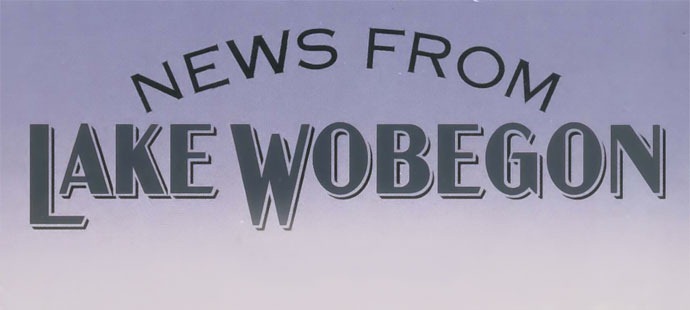
Here’s a chart from a recent study by the Economist Intelligence Unit called “Big data: Harnessing a game-changing asset”, showing that only 9% of respondents believe that they use data worse than their competitors.

Let’s face it, they’re probably in denial. It’s often called “Illusory Superiority” or the “Lake Wobegon Effect” (a radio show where “all the children are above average”), and it’s a real force in the analytics market.
Because better data is often considered a “nice to have”, or “important but not urgent”, companies often only invest in better business intelligence when confronted with evidence that their competitors have the edge (this applies to BI vendors, too: long-clamored-for features mysteriously get prioritized the instant another vendor provides it).
This chart shows that companies are probably underestimating their competitors ability to use data – and therefore that they should probably be investing more in business intelligence…

Comments
6 responses to “Survey: Everybody Uses Data Better Than Their Competitors?”
[…] a previous post, I talked about the “illusory superiority” effect, and how it blinds people to the fact that, […]
[…] am going to take a different take than the one Timo took on the lengthy article though I recommend reading his point of view where he stress that companies take on how well they […]
I wonder how many have seen their competitors data and how many competitors has shown their actual data. Can we know few questions which were asked in questionnaire to reach this conclusion that seems to be hypothetical especially when everybody claims themselves to be superior.
Yes, I certainly see your point. I think your comment is spot on in describing the problems with the chart. They weren’t really asking the right questions, and that third number that’s not a third quartile is where it really falls apart. I would have expected better from the Economist.
I think the question about how much data was being put to good use had a more reasonable set of options and responses. Roughly 25% felt they were doing very well, 25% very badly, and 50% somewhere in between.
Jim, thanks for the opportunity to criticise the chart itself!
Overall, the top companies may well be underestimating their ability, but the rest is clearly skewed to overestimation. The composition of the chart is terrible: the top category is a quartile; the second category claims to be a quartile, but then muddies the water by saying “somewhat above” when they mean simply “above”; the third category isn’t a quartile, but some undefined group around the average; and the fourth category is whatever is below that dubious third category.
You say “36% think they’re above average” — no: 36% think they’re in the second quartile. 36%+20%=56% think they’re “somewhat better than average”. That doesn’t sound too bad — except the “average” group isn’t the third quartile, so should be divided into “slightly less than average” and “slightly more than average”. If it’s, say, 50:50, 71% of the respondents think they’re better than average, while only 24%% say worse than average… whichever way you slice it, it’s clearly heavily skewed….
Illusory Superiority? It seems to me that 25% of organizations are in the top quartile, and 50% are above average. That chart only shows 20% of people think they’re in the top quartile, and 36% think they’re above average. If anything, it looks to me like some people are underestimating their capabilities.